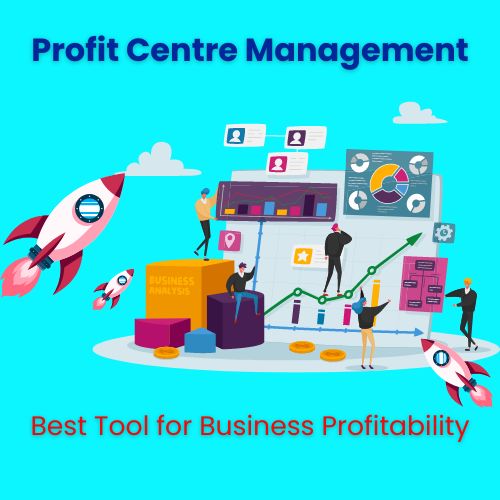Imagine this!
Your employees are flying through tasks, finishing things faster and with less effort.
You have more time to focus on the big picture, strategizing and growing the business.
Your team is energized and empowered, tackling high-value initiatives instead of repetitive work.
Sounds pretty good, right?
This is exactly what automation can do for your small or medium-sized business.
Here’s the thing: we all get bogged down by repetitive tasks, right? But what if you could free yourself and your team from those?
This guide gives you 5 simple automation hacks specifically designed for businesses like yours.
Ready to unlock the potential of automation and watch your business soar? Let’s dive in!
Start Small, Scale Gradually, and Refine Continuously
In today’s fast-paced business world, small and medium-sized businesses (SMBs) constantly strive for efficiency and productivity. However, repetitive manual tasks often bog down employees, hindering growth and progress. Automation presents a powerful solution, enabling SMBs to streamline operations, save valuable time, and empower their teams to focus on strategic initiatives.
This guide delves into five simple yet effective automation hacks specifically designed for SMBs. By implementing these strategies, you can unlock the transformative potential of automation and drive sustainable growth within your organization.
1. Identifying Automation Opportunities:
- Scrutinize Daily Operations: Conduct a thorough review of your daily tasks. Identify repetitive, time-consuming activities that involve:
- Data entry (e.g., customer information, invoices, reports)
- Form filling (e.g., applications, surveys, expense reports)
- Report generation (e.g., sales reports, inventory reports)
- Manual workflows (e.g., order processing, email follow-ups)
- Prioritize Based on Impact: Not all tasks hold equal weight. Focus on automating tasks with the highest potential for:
- Efficiency Gains: Automating repetitive tasks frees up your team’s time for higher-value activities.
- Error Reduction: Automation minimizes human error associated with manual data entry and workflows.
- Cost Savings: Automating repetitive tasks can lead to reduced operational costs in the long run.
2. Choosing User-Friendly Automation Tools:
The automation landscape offers a variety of tools to suit different needs and technical expertise. Here are some popular options for SMBs:
- Low-Code/No-Code Platforms: These platforms utilize drag-and-drop interfaces and visual builders, making automation accessible even for users with limited coding experience. Popular examples include Zapier, IFTTT, and Microsoft Power Automate.
- Robotic Process Automation (RPA) Tools: RPA tools allow you to configure “bots” that mimic human actions on your computer, automating repetitive tasks without extensive coding knowledge. UiPath, Blue Prism, and Automation Anywhere are leading RPA software providers.
3. Start Small and Scale Gradually:
While automation holds immense potential, it’s crucial to approach it strategically. Here’s why:
- Begin with One or Two Tasks: Choose simple, well-defined tasks to gain familiarity with the chosen automation tool and build confidence in its capabilities.
- Focus on Quick Wins: Start with tasks that deliver immediate and noticeable improvements in efficiency, boosting team morale and encouraging further automation adoption.
4. Measure and Refine:
Automation is an ongoing process, not a one-time fix. Here’s how to ensure continuous improvement:
- Track Automation Impact: Monitor key metrics like task completion time, error rates, and employee productivity to assess the effectiveness of your automations.
- Refine and Optimize: Based on your data, refine your automation workflows to eliminate bottlenecks and ensure optimal performance.
5. Expanding Your Automation Scope:
Once you’ve successfully implemented automation in specific areas, it’s time to explore further opportunities:
- Identify New Automation Candidates: Look across different departments and functions within your business to identify additional repetitive tasks suitable for automation.
- Consider Cross-Departmental Workflows: Explore automating tasks that involve collaboration between different teams, fostering seamless communication and improved efficiency.
- Prioritize User-Friendly Tools: Opt for platforms with intuitive interfaces and minimal technical requirements to ensure smooth adoption by your team.
- Start Small and Iterate: Don’t attempt to automate everything at once. Begin with simple tasks and gradually scale your automation efforts based on success.
- Track and Measure: Continuously monitor the impact of automation on your business to ensure it aligns with your overall goals and objectives.
By embracing these five simple automation hacks, SMBs can unlock a new era of operational excellence. Imagine your team empowered by technology, freed from repetitive tasks, and focused on driving innovation and growth. With a strategic approach to automation, you can transform your business, achieve remarkable success, and watch your SMB soar to new heights.


